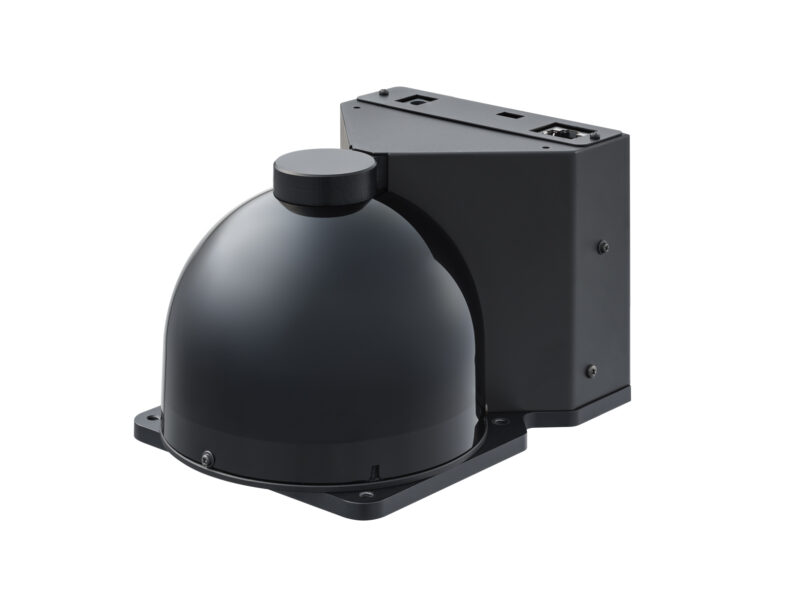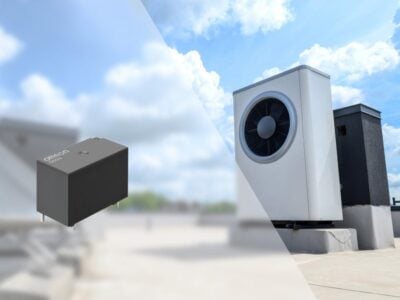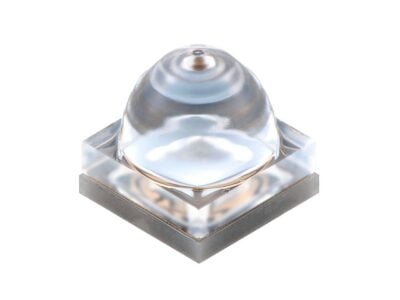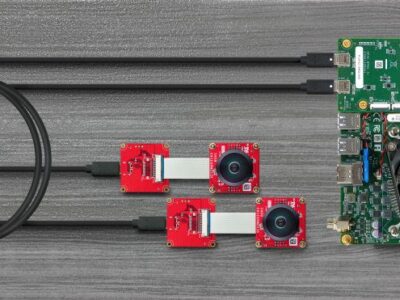
3D LiDAR sensor offers wide angle of view
Employing Panasonic’s laser-scanning technology, this 3D LiDAR is capable of scanning the laser as wide as up to 60 degrees vertically and 270 degrees horizontally.
The wide scanning angle aids precise detection of objects on the ground, as well as assessing the roughness of the ground surface. In addition, the range of scanning angles and the resolution can be tailored precisely by adjusting the rotation angle and speed of the mirrors in the system.
This feature gives users accuracy and flexibility to choose the most appropriate conditions for the measurement depending on their usage. That will facilitate the wide-spread use of autonomous robots that navigate inside or outside facilities with moving objects around, including people.
Panasonic says that its LiDAR is a step forward in the existing LiDAR ecosystem, with best-in-class wide angle detection range of vertical field of view of 60 degrees, and distance detection of 50m. This 3D LiDAR will come up with IP65 protection and M12 plug, hence is capable of withstanding all types of outdoor conditions, and will be applicable to autonomous navigation, as well as industrial forklifts, AGVs, mobile robotics, construction and smart buildings ecosystem.
Autonomous robots need to detect the condition of the ground as well as the objects around them since they will be operated inside and/or outside facilities with many moving objects including people. Conventional 3D LiDARs that are designed for autonomous driving of automobiles cannot scan the laser in a wide range of vertical angles.
Therefore, they cannot precisely detect the conditions of the ground. For this reason, conventional LiDARs need to be combined with other sensors that can detect the ground condition.

Existing 3D LiDARs, the company says, cannot detect objects around them with wide view angles especially for the vertical direction. Panasonic developed the laser-scanning technologies utilizing its proprietary design of optical system and motor controlling technology to move the mirror that have been developed for the mass production of optical disk drives.
The 3D LiDAR employs a single laser and moving mirror for the detection. Laser light travels the same optical path in the original optical system. The mirror moves toward two different directions by two motors.
The single-path design and wide angle of the mirror-move enable wide view angles with 60 degrees in vertical and 270 degrees in horizontal directions. The 3D LiDAR does not require any additional sensors for the detection of the objects around including those on the ground, which makes the detection system in autonomous robots very simple.
Autonomous robots also require accuracy in detecting objects in strong sunlight. By making the return light follow the same path as the emitted laser, Panasonic has reduced the noise induced by bright sunlight. As a result, this 3D LiDAR can be operated with high accuracy even under the light intensity of 100,000 lux that corresponds to strong sunlight in summer-time.
Sample shipments will start in January 2018.
Panasonic: https://industry.panasonic.eu
 If you enjoyed this article, you will like the following ones: don't miss them by subscribing to :
eeNews on Google News
If you enjoyed this article, you will like the following ones: don't miss them by subscribing to :
eeNews on Google News




